Research
Oxford University is world-famous for research excellence. Our core commitment is to maintain originality, significance and rigour in research within a framework of the highest standards of infrastructure, training, and integrity.
Search below for a range of research stories by department or topic. These stories include impact case studies, videos, news and the research in conversation series. For more information please see individual department websites.
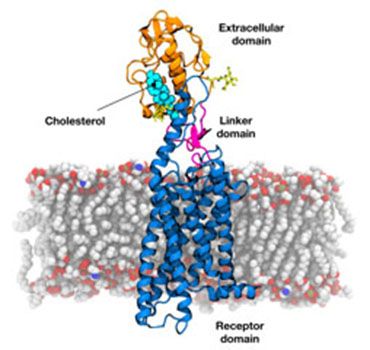
Smoothly does it: Structural insights into an unusual G-protein coupled receptor
News

Three-parent baby raises issues of long-term health risks
The Conversation
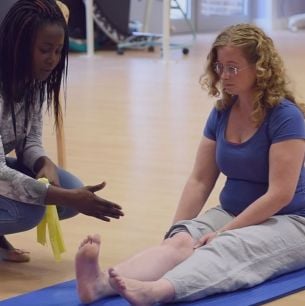
Rehabilitation in Oxford
Video
With approximately 9.6 million adults in England with musculoskeletal conditions, such as back pain or arthritis and a cost to the UK economy of around £7.4 billion a year through lost working days, it is essential we deliver evidence-based treatments which benefit these patients. Led by Professor Sallie Lamb at the Centre for Rehabilitation Research in Oxford (part of NDORMS), the Rehabilitation group focuses predominantly on rehabilitation for people with a range of chronic and acute musculoskeletal conditions and injuries, spanning children to older adults.

What is meningitis B – and why don’t older children get the vaccine?
The Conversation

Brainjacking – a new cyber-security threat
The Conversation

Why doing good can do you good
The Conversation
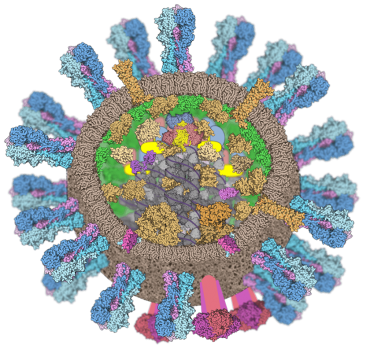
The ‘beating heart’ of the flu virus – and why scientists want to commandeer it
The Conversation

Warning: dietary supplements could seriously mess with your medication
The Conversation
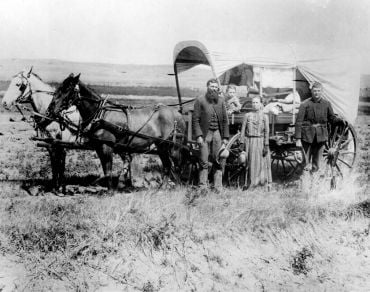
Here’s how genetics helped crack the history of human migration
The Conversation

Rejection of sugar tax is based on faulty logic about the poor
The Conversation

What percentage of people who play video games are 'addicted'?
News
Researchers from the University’s Oxford Internet Institute asked nationally representative samples of men and women in four countries how they felt after gaming using the APA checklist of health symptoms.

Why sleep could be the key to tackling mental illness
The Conversation

Let’s dance: synchronised movement helps us tolerate pain and foster friendship
The Conversation
Going Viral
Podcast
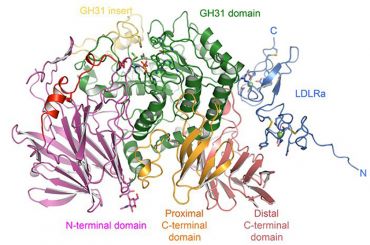
Enzyme structure offers new hopes for better antivirals
News

3-Minute Thesis: Embryos and Lasers
News
Summing up your entire doctorate in three minutes is a challenge. That's about 400 - 500 words, compared to the 80,000 word limit for a doctoral thesis. Yet, that's the challenge of the 3 Minute Thesis (3MT), a competition originally developed by The University of Queensland.
Dunn School's Chris Tang tells Penicillin story in Radio Four interview
News
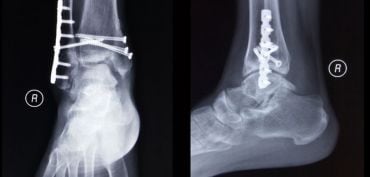
Elderly patients with unstable ankle fractures could avoid surgery
News
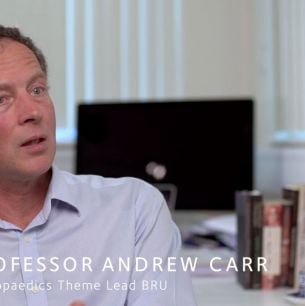
Researching new materials and materials to change patients’ lives
Video
Professor Andrew Carr leads the Orthopaedics theme at the NIHR Oxford Biomedical Research Unit at NDORMS, aiming to improve evidence for the effectiveness of surgery generally and to translate novel biomaterials and biological therapies into the clinic.
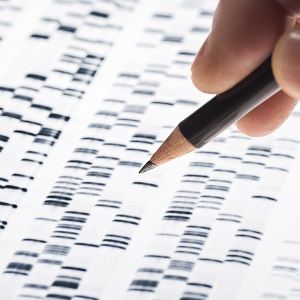
Twelve DNA areas 'linked with the age at which we have our first child and family size'
News
Researchers have identified 12 specific areas of the DNA sequence that are robustly related with the age at which we have our first child, and the total number of children we have during the course of our life.
Pages
Latest research news
Latest on Twitter
Follow @ResStaffOxfordOpen Access at Oxford
Oxford is committed to ensuring the widest possible access to its research
 Spectacular new fossil arthropod discovered preserved in fool’s gold
Spectacular new fossil arthropod discovered preserved in fool’s gold
 New study confirms beehive fences are highly effective in reducing human-elephant conflict
New study confirms beehive fences are highly effective in reducing human-elephant conflict
 New guidance on conservation and human rights launched today at United Nations biodiversity conference COP16
New guidance on conservation and human rights launched today at United Nations biodiversity conference COP16
 Discovery of key mechanism in Huntington’s Disease could pave the way for early detection and treatment
Discovery of key mechanism in Huntington’s Disease could pave the way for early detection and treatment
 Pioneering digital technology to examine musical themes of England’s most celebrated composer
Pioneering digital technology to examine musical themes of England’s most celebrated composer
 Four Oxford researchers win prestigious Philip Leverhulme Prizes
Four Oxford researchers win prestigious Philip Leverhulme Prizes